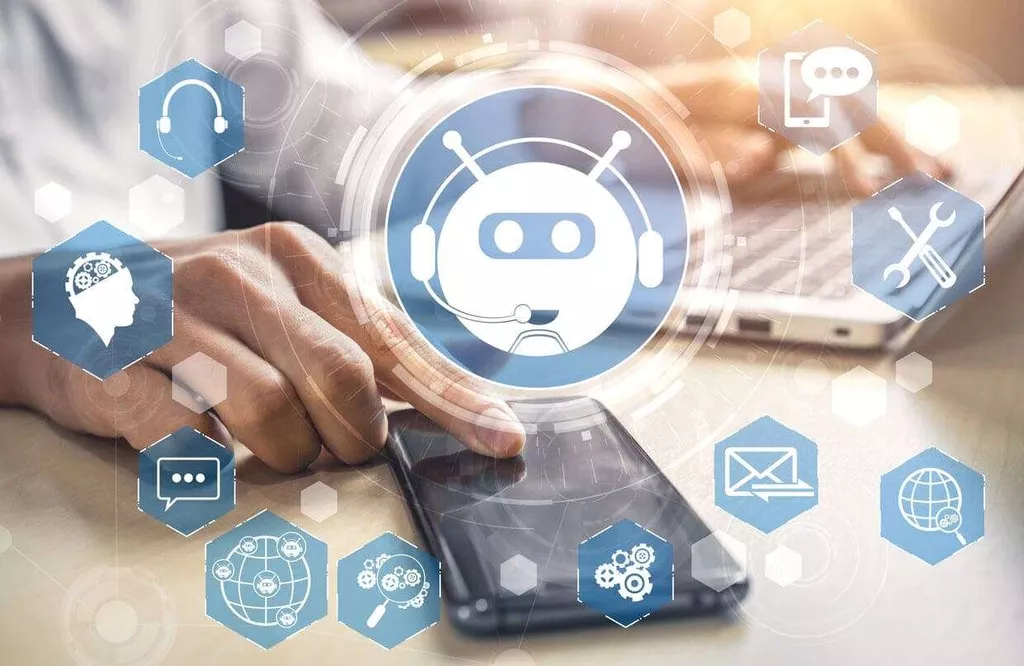Dont Mistake NLU for NLP Heres Why.

The tech builds upon the foundational elements of NLP but delves deeper into semantic and contextual language comprehension. NLP is a subfield of Artificial Intelligence that focuses on the interaction between computers and humans in natural language. It involves techniques for analyzing, understanding, and generating human language.
Of course, there’s also the ever present question of what the difference is between natural language understanding and natural language processing, or NLP. Natural language processing is about processing natural language, or taking text and transforming it into pieces that are easier for computers to use. Some common NLP tasks are removing stop words, segmenting words, or splitting compound words. Natural Language Understanding (NLU), a subset of Natural Language Processing (NLP), employs semantic analysis to derive meaning from textual content.
Best practices for implementing NLP and NLU in your workflow
NLP, with its ability to identify and manipulate the structure of language, is indeed a powerful tool. Consider a scenario in which a group of interns is methodically processing a large volume of sensitive documents within an insurance business, law firm, or hospital. Their critical role is to process these documents correctly, ensuring that no sensitive information is accidentally shared.
These models learn patterns and associations between words and their meanings, enabling accurate understanding and interpretation of human language. NLP systems learn language syntax through part-of-speech tagging and parsing. Accurate language processing aids information extraction and sentiment analysis. NLP full form is Natural Language Processing (NLP) is an exciting field that focuses on enabling computers to understand and interact with human language. It involves the development of algorithms and techniques that allow machines to read, interpret, and respond to text or speech in a way that resembles human comprehension.
NLU vs. NLP: The Uncovering of AI Language Processing Secrets
And if we decide to code rules for each and every combination of words in any natural language to help a machine understand, then things will get very complicated very quickly. Although machine learning algorithms are continually improving, they are still prone to errors and misunderstandings that can negatively impact performance. Additionally, these technologies require significant investment in infrastructure, including data storage and processing capabilities. NLU enables computers to understand the sentiments expressed in a natural language used by humans, such as English, French or Mandarin, without the formalized syntax of computer languages. NLU also enables computers to communicate back to humans in their own languages.
- When dealing with speech interaction, it is essential to define a real-time transcription system for speech interaction.
- Thus, it helps businesses to understand customer needs and offer them personalized products.
- Where NLP helps machines read and process text and NLU helps them understand text, NLG or Natural Language Generation helps machines write text.
- This requires creating a model that has been trained on labelled training data, including what is being said, who said it and when they said it (the context).
- NLP is often used in tasks such as speech recognition, machine translation, and text-to-speech conversion.
Explore some of the latest NLP research at IBM or take a look at some of IBM’s product offerings, like Watson Natural Language Understanding. Its text analytics service offers insight into categories, concepts, entities, keywords, relationships, sentiment, and syntax from your textual data to help you respond to user needs quickly and efficiently. Help your business get on the right track to analyze and infuse your data at scale for AI.
Figure 4 depicts our sample of 5 use cases in which businesses should favor NLP over NLU or vice versa. NLU skills are necessary, though, if users’ sentiments vary significantly or if AI models are exposed to explaining the same concept in a variety of ways. It’ll help create a machine that can interact with humans and engage with them just like another human. Remember that using the right technique for your project is crucial to its success. Simply put, you can think of ASR as a speech recognition software that lets someone make a voice request. The aim is to analyze and understand a need expressed naturally by a human and be able to respond to it.
Natural language processing works by taking unstructured data and converting it into a structured data format. For example, the suffix -ed on a word, like called, indicates past tense, but it has the same base infinitive (to call) as the present tense verb calling. NLP is a branch of artificial intelligence (AI) that bridges human and machine language to enable more natural human-to-computer communication. When information goes into a typical NLP system, it goes through various phases, including lexical analysis, discourse integration, pragmatic analysis, parsing, and semantic analysis. It is also applied in text classification, document matching, machine translation, named entity recognition, search autocorrect and autocomplete, etc. NLP uses computational linguistics, computational neuroscience, and deep learning technologies to perform these functions.
NLP and NLU, two subfields of artificial intelligence (AI), facilitate understanding and responding to human language. Both of these technologies are beneficial to companies in various industries. Voice assistants equipped with these technologies can interpret voice commands and provide accurate and relevant responses.
- This technology has applications in various fields such as customer service, information retrieval, language translation, and more.
- An NLU system can typically start with an arbitrary piece of text, but an NLG system begins with a well-controlled, detailed picture of the world.
- Advances in Natural Language Processing (NLP) and Natural Language Understanding (NLU) are transforming how machines engage with human language.
- But this is a problem for machines—any algorithm will need the input to be in a set format, and these three sentences vary in their structure and format.
- NLU techniques enable systems to grasp the nuances, references, and connections within the text or speech resolve ambiguities and incorporate external knowledge for a comprehensive understanding.
Improvements in computing and machine learning have increased the power and capabilities of NLU over the past decade. We can expect over the next few years for NLU to become even more powerful and more integrated into software. Natural language understanding, also known as NLU, is a term that refers to how computers understand language spoken and written by people.
Such applications can produce intelligent-sounding, grammatically correct content and write code in response to a user prompt. Ecommerce websites rely heavily on sentiment analysis of the reviews and feedback from the users—was a review positive, negative, or neutral? Here, they need to know what was said and they also need to understand what was meant. Going back to our weather enquiry example, it is NLU which enables the machine to understand that those three different questions have the same underlying weather forecast query.
Take Stanford’s Natural Language Understanding For Free – iProgrammer
Take Stanford’s Natural Language Understanding For Free.
Posted: Fri, 04 Mar 2022 08:00:00 GMT [source]
NLU relies on NLP’s syntactic analysis to detect and extract the structure and context of the language, which is then used to derive meaning and understand intent. Processing techniques serve as the groundwork upon which understanding techniques are developed and applied. The distinction between these two areas is important for designing efficient automated solutions and achieving more accurate and intelligent systems. Another key difference between these three areas is their level of complexity.
Real Time Anomaly Detection for Cognitive Intelligence
5 min read – HR leaders need to be innately involved in developing programs to create policies and grow employees’ AI acumen. Bharat Saxena has over 15 years of experience in software product development, and has worked difference between nlp and nlu in various stages, from coding to managing a product. With BMC, he supports the AMI Ops Monitoring for Db2 product development team. His current active areas of research are conversational AI and algorithmic bias in AI.

Text abstraction, the original document is phrased in a linguistic way, text interpreted and described using new concepts, but the same information content is maintained. If you need to generate content automatically or automate routine tasks, NLP may be the right choice. On the other hand, if you need to understand customer intent or process complex language input, NLU may be a better fit.



